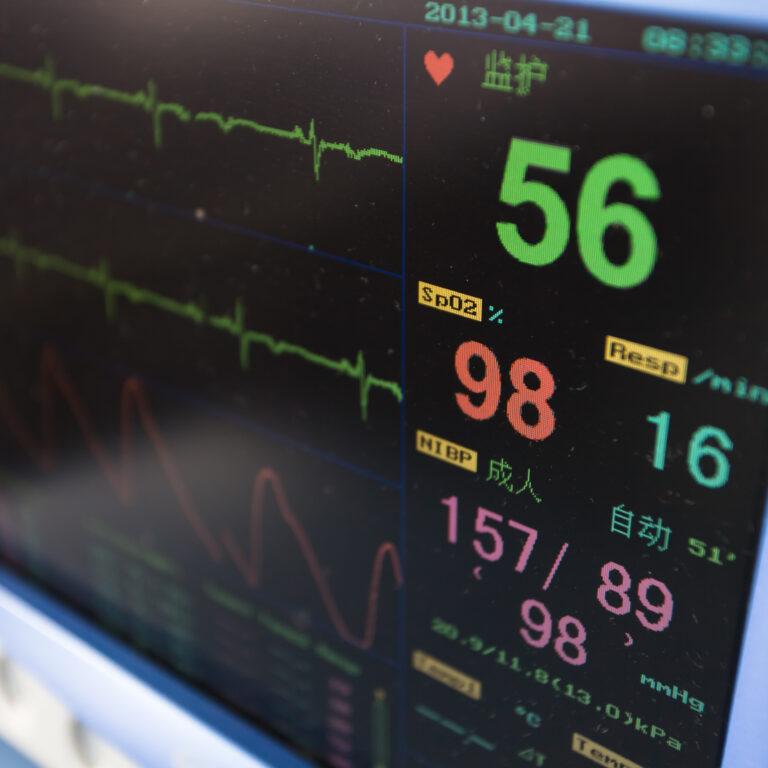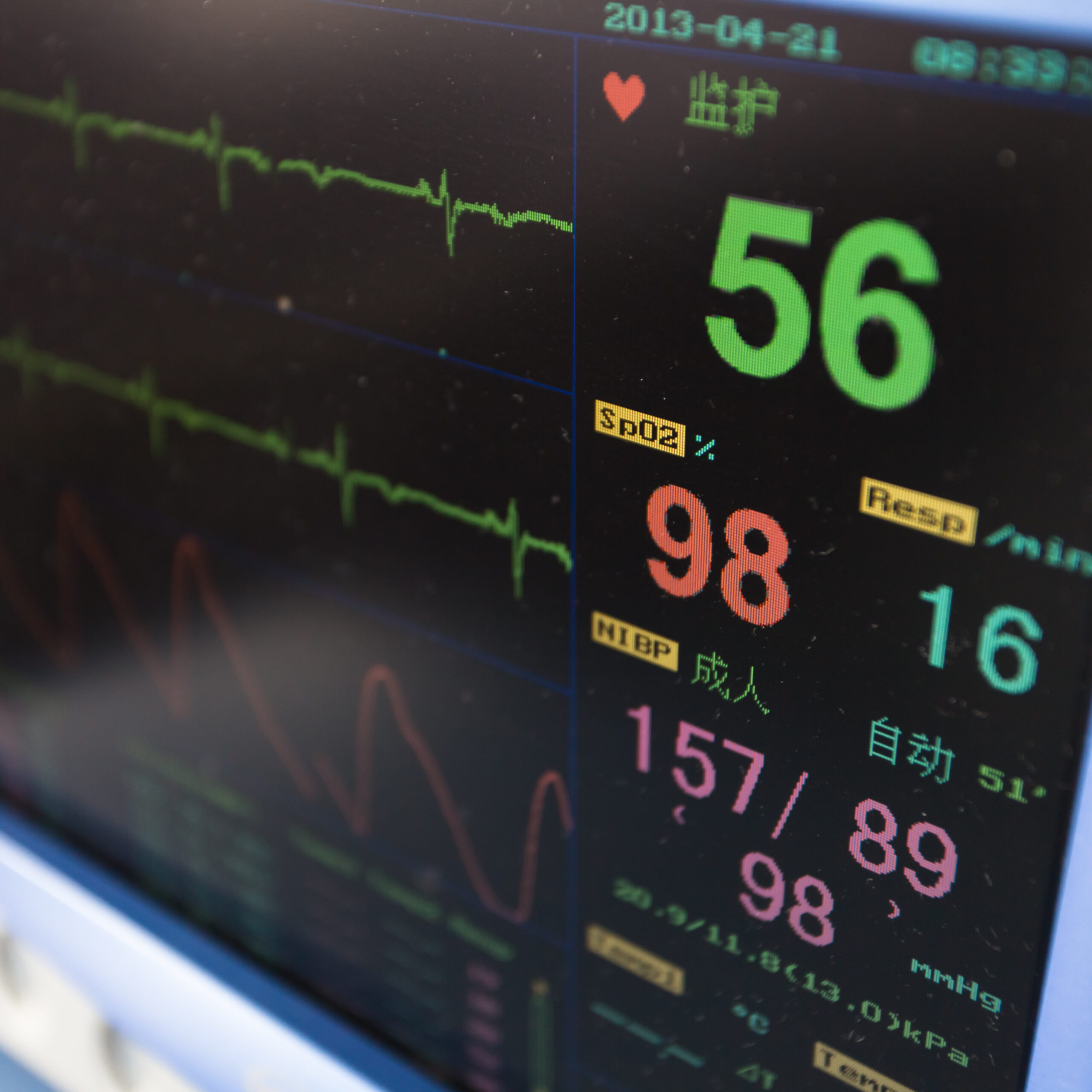
Get CPR training for your team!
If you have any questions feel free to email us at info@emccprtraining.com
CONTACT ONE OF OUR EXPERTS HERE

Last Updated on July 26, 2023 by CPR Training
 Television dramas paint a pretty rosy picture of survival rates after cardiac arrest. Studies show that laypeople in the US expect as high as 75% of people to survive after their hearts stop if they receive CPR. Unfortunately, survival rates range between 2 and 11% when cardiac arrest occurs outside the hospital. They improve to an average of around 18% when an arrest occurs at the hospital.
Television dramas paint a pretty rosy picture of survival rates after cardiac arrest. Studies show that laypeople in the US expect as high as 75% of people to survive after their hearts stop if they receive CPR. Unfortunately, survival rates range between 2 and 11% when cardiac arrest occurs outside the hospital. They improve to an average of around 18% when an arrest occurs at the hospital.
What the popular opinion gets right: Survival rates for people who receive CPR are much higher than for those who don’t, and the quality of CPR also significantly impacts survival chances.
The body breaks down quickly after cardiac arrest. Even when CPR is performed well, it still only provides about 10-20% of normal blood flow to the heart and between 30 and 40% to the brain. But, if CPR is performed well and early, survival chances can as much as triple.
So, what qualifies as “quality CPR”? The common denominator is training, of course. But even among people who are trained in CPR, different behaviors impact the relative benefits of intervention and the chances that a victim will survive.
Providing more than 12 breaths per minute during CPR is little to no benefit when the rescuer uses the recommended ratio of 30 compressions to two breaths. There is evidence, however, that when compressions are too slow survival rates drop quickly (as much as 30% in-hospital). So, time spent providing extra breaths reduces the number of compressions and the chance of survival.
When rescuer compressions are shallower than about 2 inches (for adults; you can read more on the pediatric chain of survival here), survival is reduced by around 30%. Similarly, if the rescuer leans on the victim after compressions, restricting full chest expansion, blood flow is not optimally increased, arterial pressure may be increased, and survival chances are reduced.
The American Heart Association provides other guidance for layperson rescuers intended to improve the speed at which the correct care is provided, all meant to reduce or eliminate interruptions (and improve the rate of survival after arrest):
As ever, the upshot is that every minute– every second– counts. The shorter the time between links in the chain of survival (link) the better the outcomes, in the hospital and out.
Unless otherwise linked, the data above comes from the AHA journal article here.
Disclaimer
All the information on this website – www.emccprtraining.com – is published in good faith and for general information purposes only. EMC CPR & Safety Training, LLC does not make any warranties about the completeness, reliability, and accuracy of this information. Any action you take upon the information you find on this website (EMC CPR & Safety Training, LLC), is strictly at your own risk. EMC CPR & Safety Training, LLC will not be liable for any losses and/or damages in connection with using our website.
You can visit other websites from our website by following hyperlinks to such external sites. While we strive to provide only quality links to useful and ethical websites, we have no control over the content and nature of these sites. These links to other websites do not imply a recommendation for all the content found on these sites. Site owners and content may change without notice and occur before we can remove a link that may have gone ‘bad’.
Please be also aware that when you leave our website, other sites may have different privacy policies and terms which are beyond our control. Please be sure to check the Privacy Policies of these sites as well as their “Terms of Service” before engaging in any business or uploading any information
By using our website, you hereby consent to our disclaimer and agree to its terms.
Get CPR training for your team!
If you have any questions feel free to email us at info@emccprtraining.com
CONTACT ONE OF OUR EXPERTS HERE